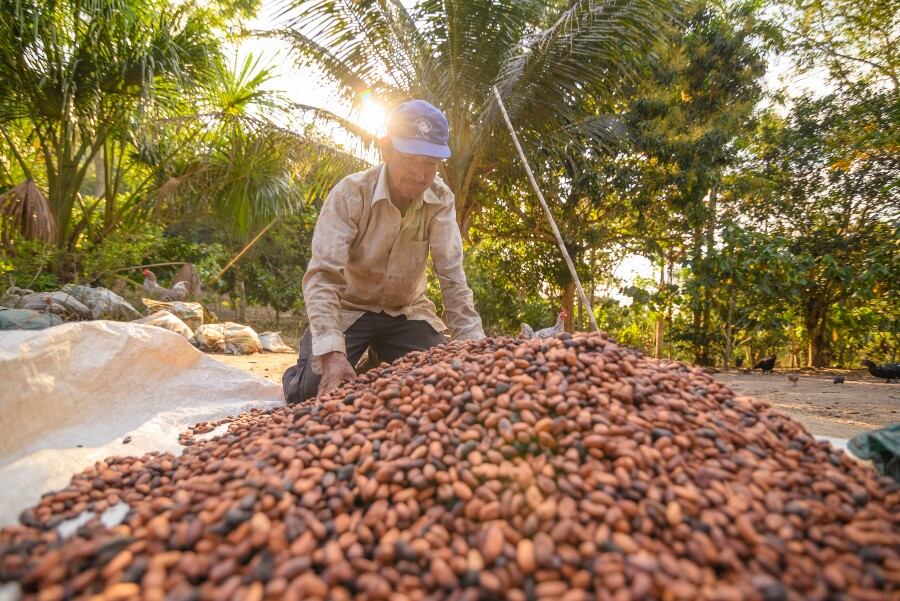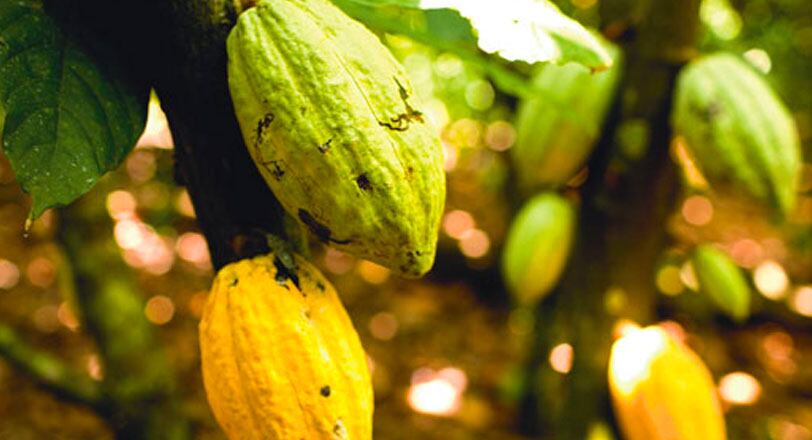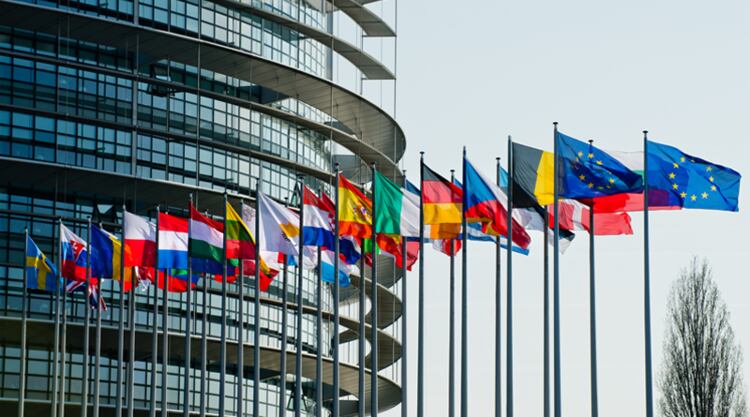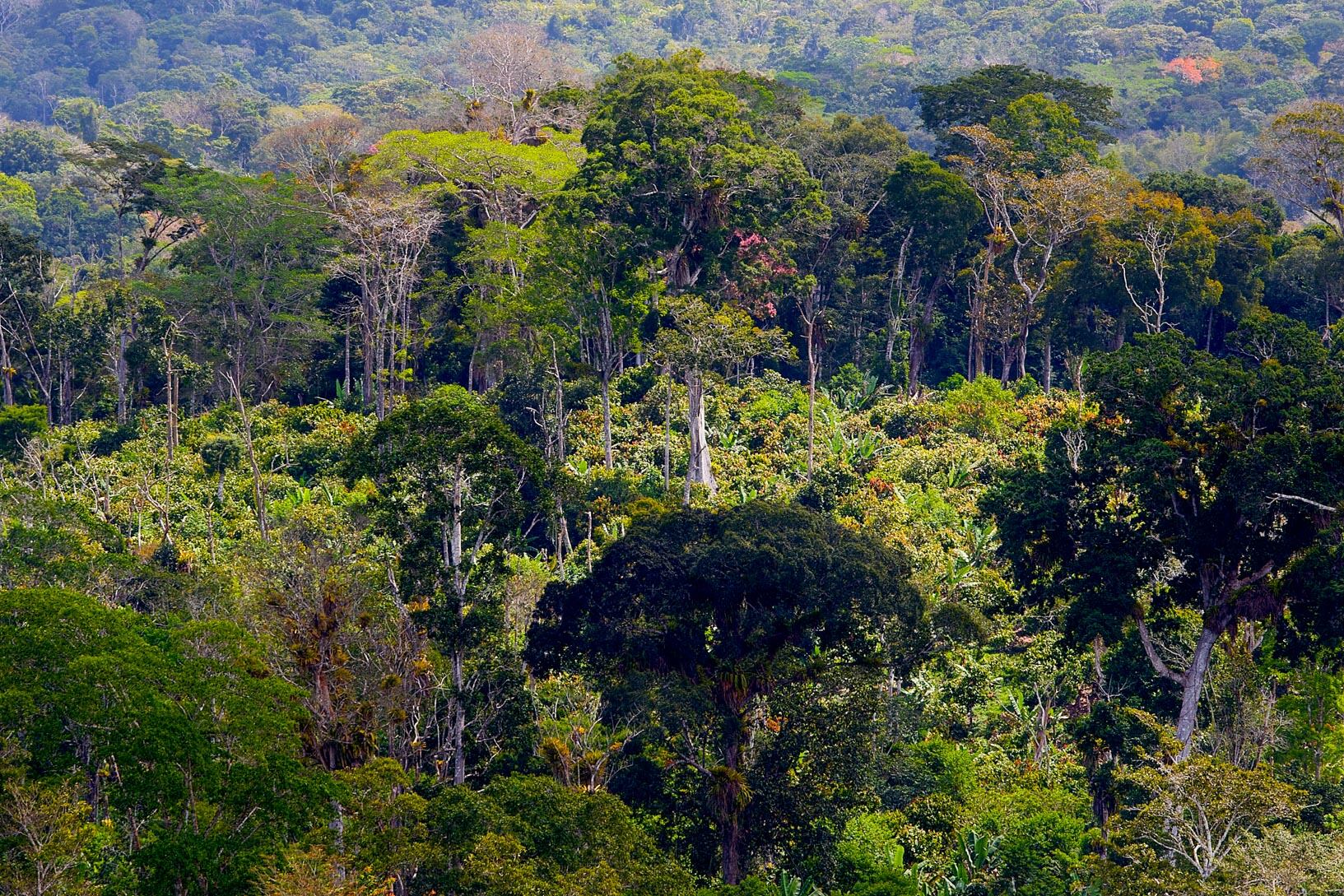The Cocoa, Forest and Diversity Agreement
In the context of growing demand and new European regulations for deforestation-free products, the Sustainable Production Coalition (Coalición por una Producción Sostenible), a Peruvian multi-stakeholder platform, is promoting the country’s cocoa sector agreement: ‘The Cocoa, Forest and Diversity Agreement’.
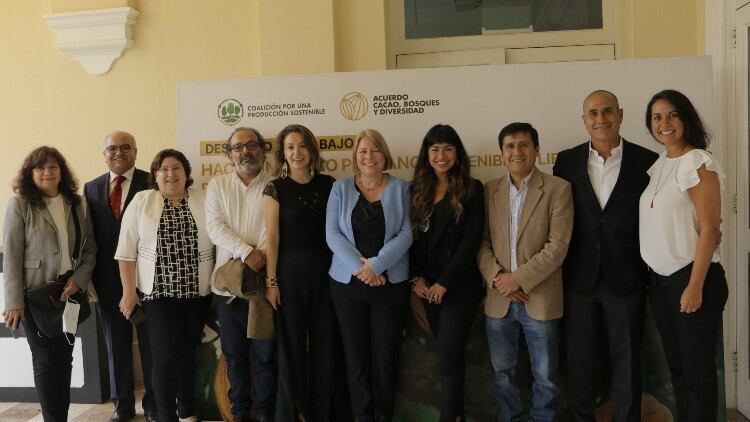
The initiative is championed by a total of 19 organisations that include companies, smallholders’ associations, civil society, and government agencies, with the common goal of promoting sustainable and high-quality cocoa.
Peru cocoa insights
According to the Environment Ministry of Peru (2016), the country has near to 69 million hectares of forest, and approximately 51% of its total greenhouse gas emissions are produced by deforestation.
The Peruvian Amazon covers 782,880 km² and holds a wide genetic diversity of cacao—from wild, uncultivated varieties to fine flavour origins such as Theobroma.
Peruvian farmers have an average farm size of two hectares that make up the 40,000 cacao hectares mainly in the Eastern Andes and Peruvian Amazon rainforest. The yield per hectare varies from 1 to 2.5 metric tons.
Peru cultivates mainly Trinitario, Forastero and Criollo cacao varieties.
Peru holds 60% of the cocoa varieties in the world and the high-quality chocolate produced from this agrobiodiversity has received several international awards. Cocoa is an important source of income to nearly 90,000 producer households and has a high potential for ecosystems restoration.
The initiative says the agreement plan has three priorities:
- Determine the year of reference for monitoring deforestation related to cocoa
- Develop tools for the monitoring and traceability of deforestation-free cocoa
- Launch a service platform to manage the communication and provision of incentives for smallholders to transition to the new deforestation-free supply chain.
For José Iturrios, director of the Peru Cocoa Alliance, the agreement opens a chance to set up a novel business model, different from the traditional way of how cocoa is being produced today. “It is an opportunity to create value from half million forest hectares in of the plots or under the influence of smallholder families, creating a business model that restores the ecosystem and increases their income,” he told ConfectioneryNews.
The demand for sustainable cocoa is expanding. According to CBI (2020) the demand for specialty cocoa is growing in Europe with a significant expected increase between 2020 and 2024. Moreover, there is strong pressure from growing numbers of informed consumers that require to know the story behind the product from the sustainability programmes of retailers and brokers.
EU Green Deal
In November 2021, the European Commission announced a proposal for a new regulation to curb global deforestation and forest degradation driven by European Union consumption of certain commodities.
This initiative is part of a set of EU Green Deal legislative proposals to "stop deforestation, innovate sustainable waste management and make soils healthy for people, nature and climate" and is set to come into force in 2023, after a review process this year.
The proposed regulation would ban from the EU market certain commodities – ranging from cattle to cocoa – and products derived from them, unless they can be shown to be ‘deforestation-free’ and produced in accordance with applicable laws. It would also ban their export from the EU under the same conditions.
By ensuring that only deforestation-free and legal products are allowed on the EU market, the EU wants to demonstrate that a supply chain without deforestation is possible.
Greenpeace says the EU can no longer afford to postpone strong, decisive and effective action: “Despite international commitments from governments and pledges from industry, forest destruction is far from ceasing but rather continues on a large scale. Between 2015 and 2020, deforestation averaged 10 million hectares per year. That is the equivalent of an area of forest the size of a football pitch disappearing every two seconds. In the Brazilian Amazon, recent satellite data shows deforestation has surged to a 15-year high, it says”
- The 20 organisations the Peruvian cocoa agreement has brought together are: the Peruvian Ministry of Agriculture Development and Irrigation, The Exporters Association (ADEX), Amazonas Trading Peru, Kaoka, Romex, Appcacao, the Cocoa Peru Alliance, Rikolto, Earthworm Foundation, Climate Focus, Acopagro, CIAT-Biodiversity, Kollpa de Loros, Earth Innovation Institute, Mecanismos de Desarrollo Alternos, Solidaridad, Rainforest Alliance, Cooperativa Agraria Allima Cacao Ltda., Lutheran World Relief and Tropical Forest Alliance.

